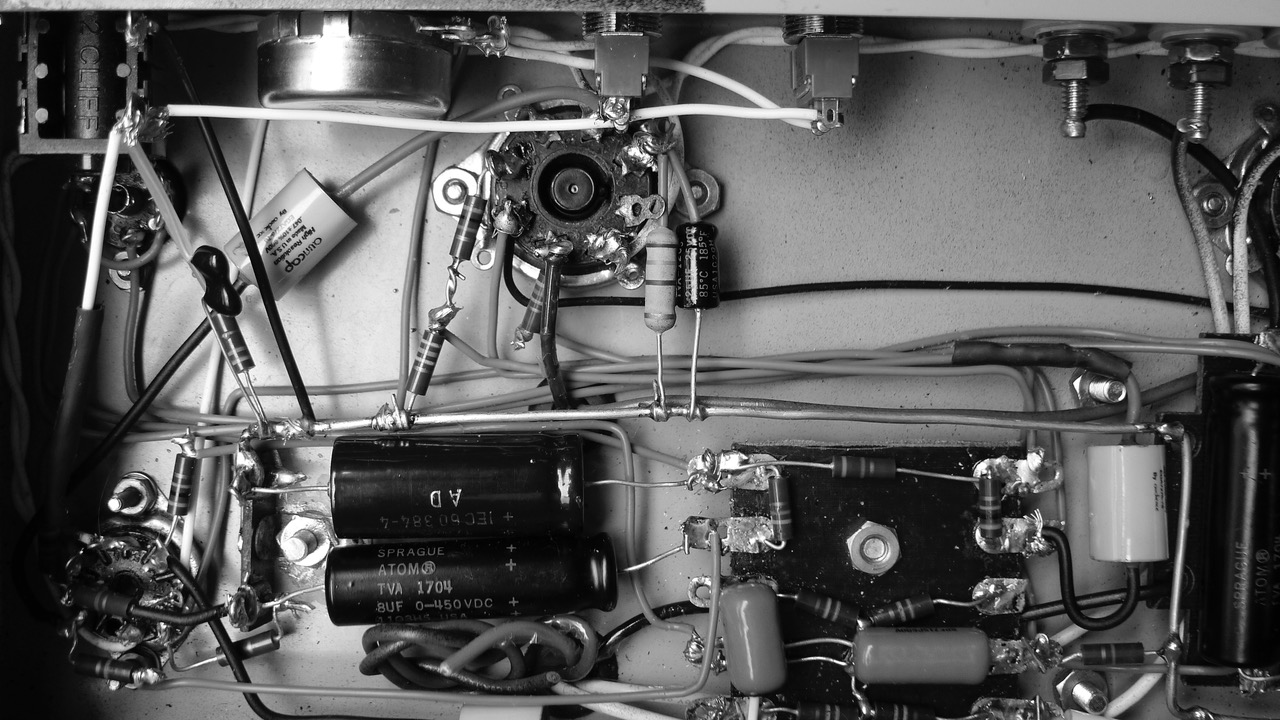I am interested in making things. My earliest memories include drawing things I imagined or saw, making small environments for my teddy bears, setting up pretend places of business, playing with toy cars, trucks and army men in a terrain that I had invented. I specifically remember rebuilding a chair that had a broken seat. I fashioned wooden slats for the seat and painted a racing stripe down the middle. I remember the unique sense of pride this project gave me. I had created something both useful and aesthetically pleasing. As I look back on this early activity from the vantage point of a mid-career artist I see a continuity, a relentless, intuitive drive to realize things. As a painter, I make two-dimensional representations of things as I see or imagine them. I have found that my interest is held in the challenge inherent in the process of making. I have an instinctual need to build, to create, to repair, and to interpret, and my artistic ethos informs everything that I do.
My work with electronics springs from this same process orientation. I have been interested in electronic equipment for over twenty years. Growing up in an industrial society I have observed things that people have designed, fabricated, and made available commercially. In some way I have always had a desire to be a part of this modern technological miracle. I imagine myself as capable of generating ideas and making things that are somehow both utilitarian and viscerally engaging. In the same way that I provide a viewer with an alternate reality in the form of a painting, I intend to offer this perspective-shifting possibility through my work with electronics – generating projects that allow the viewer or user to engage on a participatory level. For example, my Chrono-Resonator offers a timekeeping feature that is reformatted to alter the users way of understanding time.
This electronic work is based on analogue technology. It is driven by the need to create devices made with a high level of quality and craftsmanship that allow for a lasting functionality. A “back to basics” ethic re-establishes the connection between the craftsman, the material, the construction process, the product and the user. I revere well-made things, whether they are made in a factory or in a small workshop. The commitment to the realization of an idea is the enduring constant that runs across all genres of my activity. The ability, available to the artist, to articulate a connection between necessity and spirituality is what allows the work to be relevant.
A fundamental component is collaboration. I am continually influenced by people’s achievements, both historical and contemporary, and am often involved with others in order to make something happen. For example, my work with musicians has been formative in that it allows me to relinquish control. No longer is the work driven by my personal agenda. I want to be like others, I want to work with others, I want to acknowledge the influences and the people who support me, and I want to engage on a level that is not based on the merits of individuality. In this way I can relinquish my self-directed desire to be “important” and join a community that, by the nature of its constituents, is truly important.
